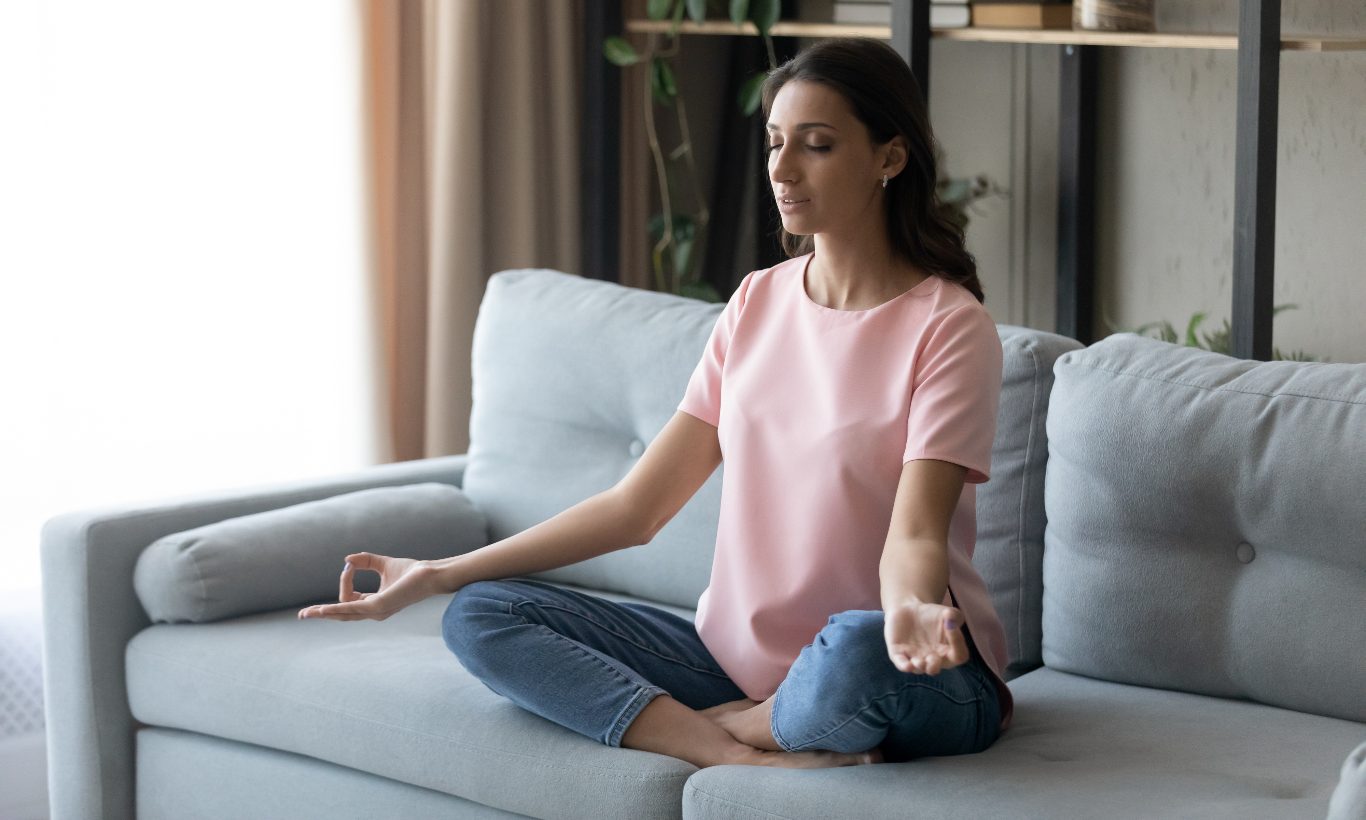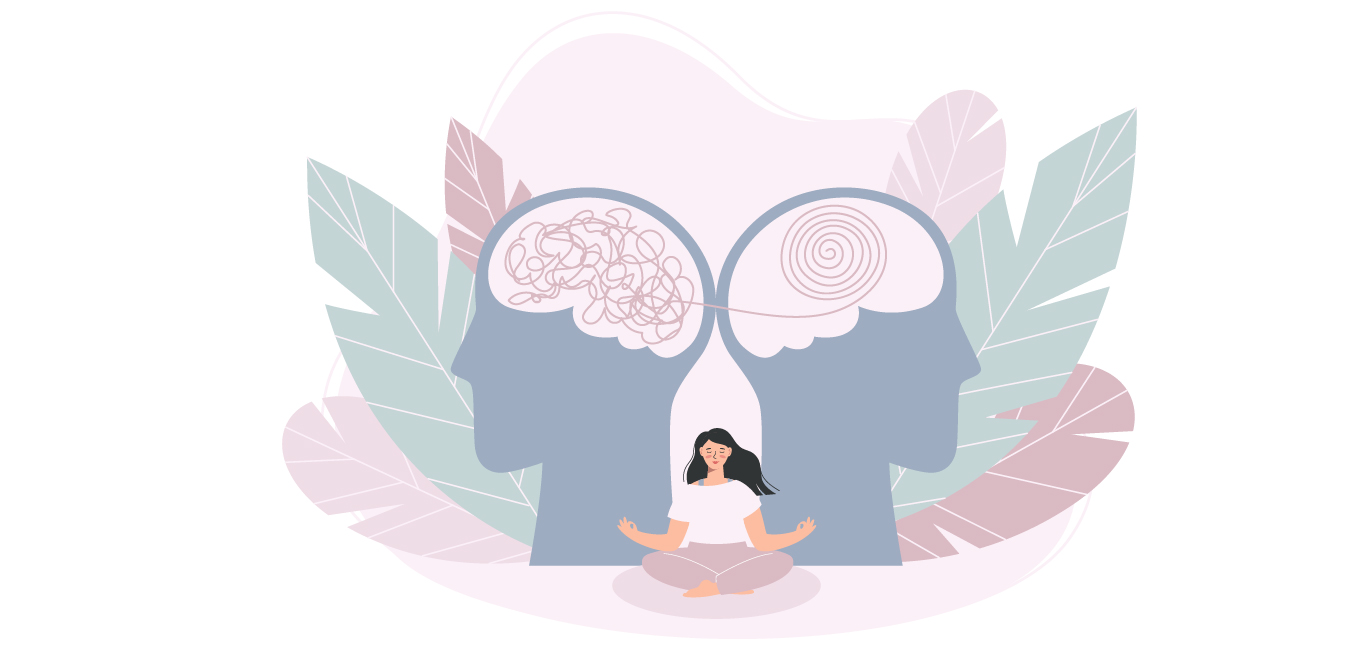
Bipolar disorder, also known as manic-depressive illness, is a mental health condition that influences the psyche, the physical energy and enthusiasm of an individual.
It orchestrates two extremes — elative highs and mania dancing on one pole, and depressive lows tying the individual on another side.
As Dr Vishal Kasal, consultant psychiatrist at Cadabams Hospitals in Bengaluru, says, “Bipolar, as the very name implies, reveals two starkly contrasting poles – one soaring high, the other plummeting low.”
He adds that on the one side there will be boundless energy and a frenzied ballet of thoughts and actions, and on the other side the same person will be in a melancholic embrace of the depressive phase.
Fluctuating emotions
Worrying and developing anxiety is a major aspect of bipolar disorder. Lakshmi (the name is changed upon request), who has been living with bipolar disorder for the past decade, describes her daily experience as a cycle of fluctuating emotions. She finds herself going through intense mood swings, alternating between highs and lows throughout the day.
In one of those moments, she impulsively purchases clothing items she neither needs nor desires, while at other moments, she grapples with overwhelming guilt related to past events.
During these episodes, individuals feel exceptionally energetic, overly happy, impulsive, and require less sleep. They may also engage in a behaviour such as excessive spending.
For a balanced body and mind
The tangled web of bipolar disorder influences both mind and body. Genes, environment and neurobiological factors together control its boggling dance.
Lakshmi, for instance, says her major concern is balancing her thoughts. Yoga happened to her as a sanctuary when she was grappling with managing her mind.
“I started practising yoga a few years back. A daily practice with gentle movements and deep breathing is helping me to be calm and manage my anxiety,” she explains.
The science of serotonin
The path to manage bipolar disorder is multifaceted. Medications, counselling, nutrition, lifestyle tweaks and the solace of yoga and mindfulness together stitch a mentally healing fabric.
“In a person with bipolar disorder, the grey matter tends to decrease. Physical activity, such as walking for at least 30 minutes or yoga practices daily, can increase serotonin levels in the brain over time. This contributes to mood stability by restoring balanced serotonin levels,” says Dr Kasal.
A systematic review of bipolar disorder research in 2022 specifically mentioned that yoga could be one of its effective therapy options.
Yoga lowers anxiety
Yoga combines physical postures, breathing exercises and meditation, says Shubham Sharma, yoga therapist, National Institute of Mental Health and Neurosciences (NIMHANS), Bengaluru. Individuals experience a reduction in the intensity of bipolar symptoms when they add yoga to their regular therapy, he adds.
Doing yoga in addition to the standard treatment for bipolar disorder significantly improves the quality of life of an individual, especially with factors such as sleep quality and perceived stress. Individuals who tend to isolate themselves and experience negative thought patterns find relief through this combined approach, say experts.
“Thinking back to when I first started practising yoga, I believe it has improved my perspective towards life. My sleep patterns have significantly improved, and most notably, I have experienced a reduction in bipolar episodes,” says Lakshmi.
According to Sharma, individuals with bipolar disorder are often advised to explore gentle yoga practices. The bodily moves emphasise deliberate, unhurried motions which induce relaxation and mindfulness.
Breathing exercises done with yoga practices can especially help in times of heightened energy or anxiety, says Sharma.
Start slowly and gradually
When starting a yoga regime, it is important to start it slowly. “Increase the intensity and duration of the practice gradually. This approach allows the body and mind to adapt itself to the practice and reduces the risk of exhaustion or mood swings,” says Sharma.
Aim to regularly practice 35-40 minutes of asanas and 10 minutes of pranayama every day to experience yoga’s full potential.
Here are some of the poses that experts advise for bipolar disorder:
- Ushtrasana or camel pose
- Paschimottanasana or forward bend in seated pose
- Setu bandhasana or bridge pose
- Dandasana or staff pose
- Upavishta konasana or forward bend while seated wide-legged
- Garudasana or eagle pose
Pranayama for relaxation
Performing nadi shuddhi pranayama or alternative nostril breathing and one-nostril breathing also helps with relaxation. The most reported benefits come from meditation and relaxation. All pranayamas should be approached with care and consistency. Kapalabhati pranayama should specifically be avoided.
At times of symptoms, individuals should concentrate on relaxation practices, pranayama and mindfulness. There are no distinct practices for symptomatic and non-symptomatic periods. However, during depressive phases, the emphasis is on deep breathing and reducing physical stress.
NB: As we always insist, consult an expert before starting any new regime. Please note that if a particular pose or practice feels uncomfortable or triggers negative emotions, it is essential to modify or avoid it. What works for one person with bipolar disorder may not work for another.















